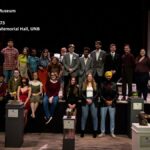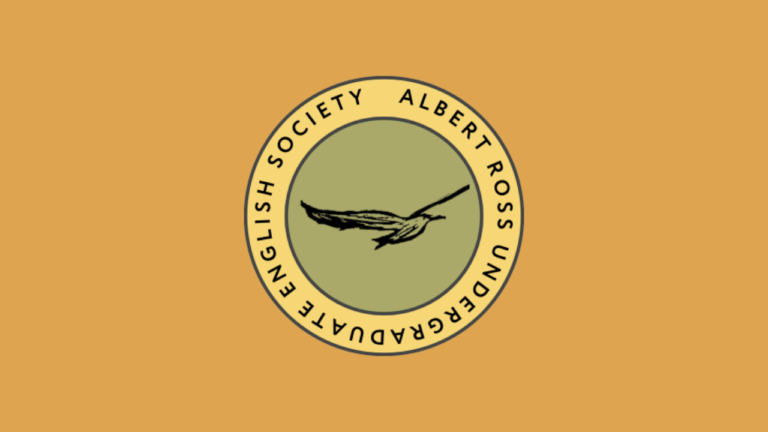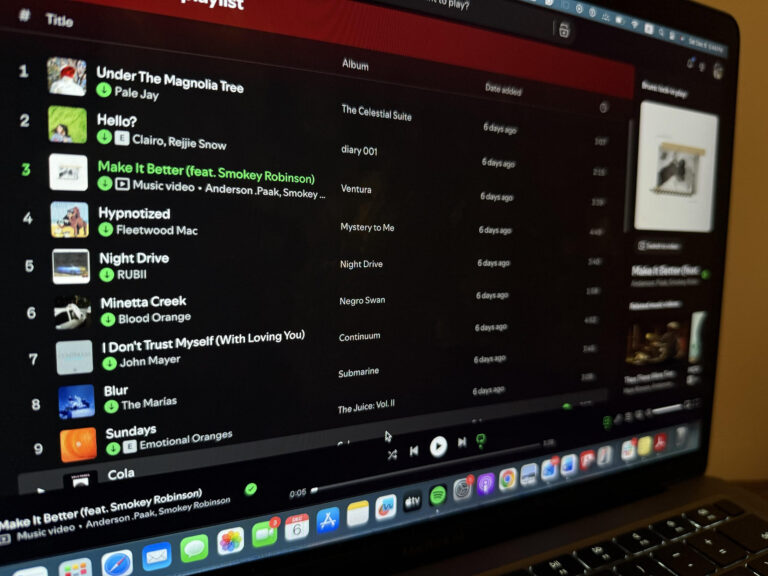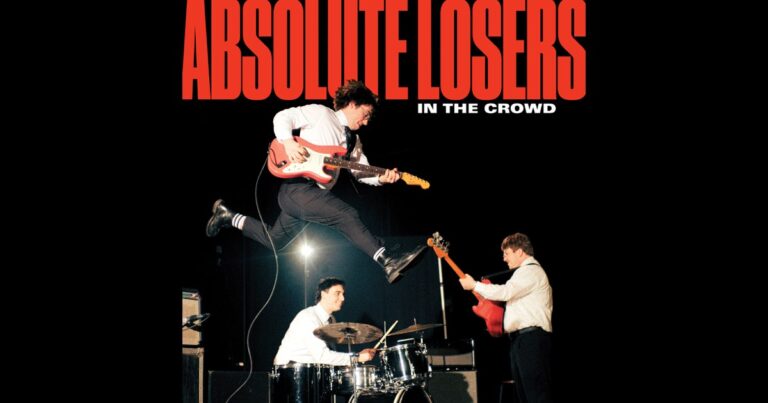“The importance of teaching indigenous art is that we’re taking space and not just in a physical form, but also in a creative form.”
Back to Our Roots: Charlotte Street Arts Centre Hosts Series of Indigenous Workshops
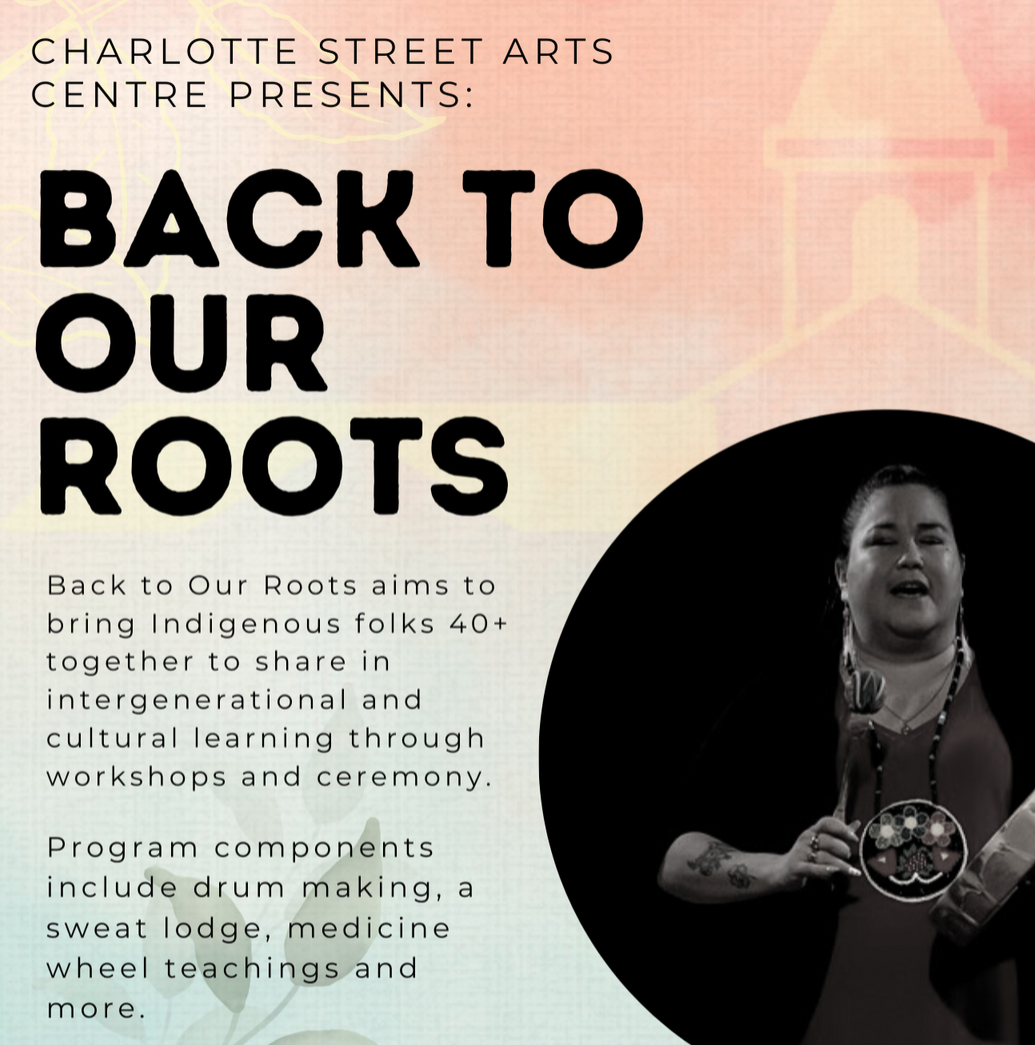
Back to our Roots, a program of Indigenous teachings run by the Charlotte Street Arts Centre hopes to return to cultural roots through holding a series of events meant to bring Indigenous people back together, in celebration of their culture.
The target demographic of this program are Indigenous adults 40 and older who feel disconnected from the teachings of their ancestors.
Oscar Tecu, Charlotte Street’s ArtReach coordinator, comments “there’s this age, that growing up we didn’t really want to learn about our culture because it was kind of embarrassing.” This mindset has affected the way these individuals view their culture, their families, and themselves.
“The main goal with this programming is kind of drawing back this age range to their culture. I see it in the younger generations who are taking more pride in learning, taking more pride in discovering, that’s the intent.”
The program consists of weekly teachings and practices that are meant to bring the community together in a safe space, where everyone can learn together. Upcoming events include a sweat lodge at the healing house, basket weaving, and cultural teaching sessions. Indigenous art has a special place in the culture in its ability to encompass traditional beauty and values.
Judie Acquin hosted a beading program, where she walked participants through the steps and importance of making and wearing the traditional art form.
“The importance of teaching indigenous art is that we’re taking space and not just in a physical form, but also in a creative form. And in this kind of setting, where there is a sense of community. When we get to create together, and with beadwork, it’s intricate and it’s frustrating, but it’s fun at the same time and, it’s really nice to see when people reach those accomplishments, sharing that confidence and building that pride and building community.”
Acquin is the studio head for the New Brunswick College of Graphic Design, where her teaching is spread to a much larger degree.
“We focus on Wabanaki history, Wabanaki art and Wabanaki iconography. And a lot of times, we struggle with identity, who we are, and where we come from as indigenous people. And so, really, again, going back to our roots, it comes back to a sense of community and finding support. Those people may offer a good way to support a journey and help discover, to some degree, how you identify. Just learning to be supportive people for those around us experiencing something similar.”
Acquin emphasised the significance of having a community of people to lean on and to learn from and with. Without initiatives like Back to our Roots, certain relationships within families and between friends may remain disconnected in relation to cultural traditions. Sitting together, sharing space and sharing stories, is the priority of utmost importance. Returning to one’s history is a beautiful journey that opens incredible opportunities for connection.
Keep in touch with our news & offers
Subscribe to Our Newsletter
Thank you for subscribing to the newsletter.
Oops. Something went wrong. Please try again later.


